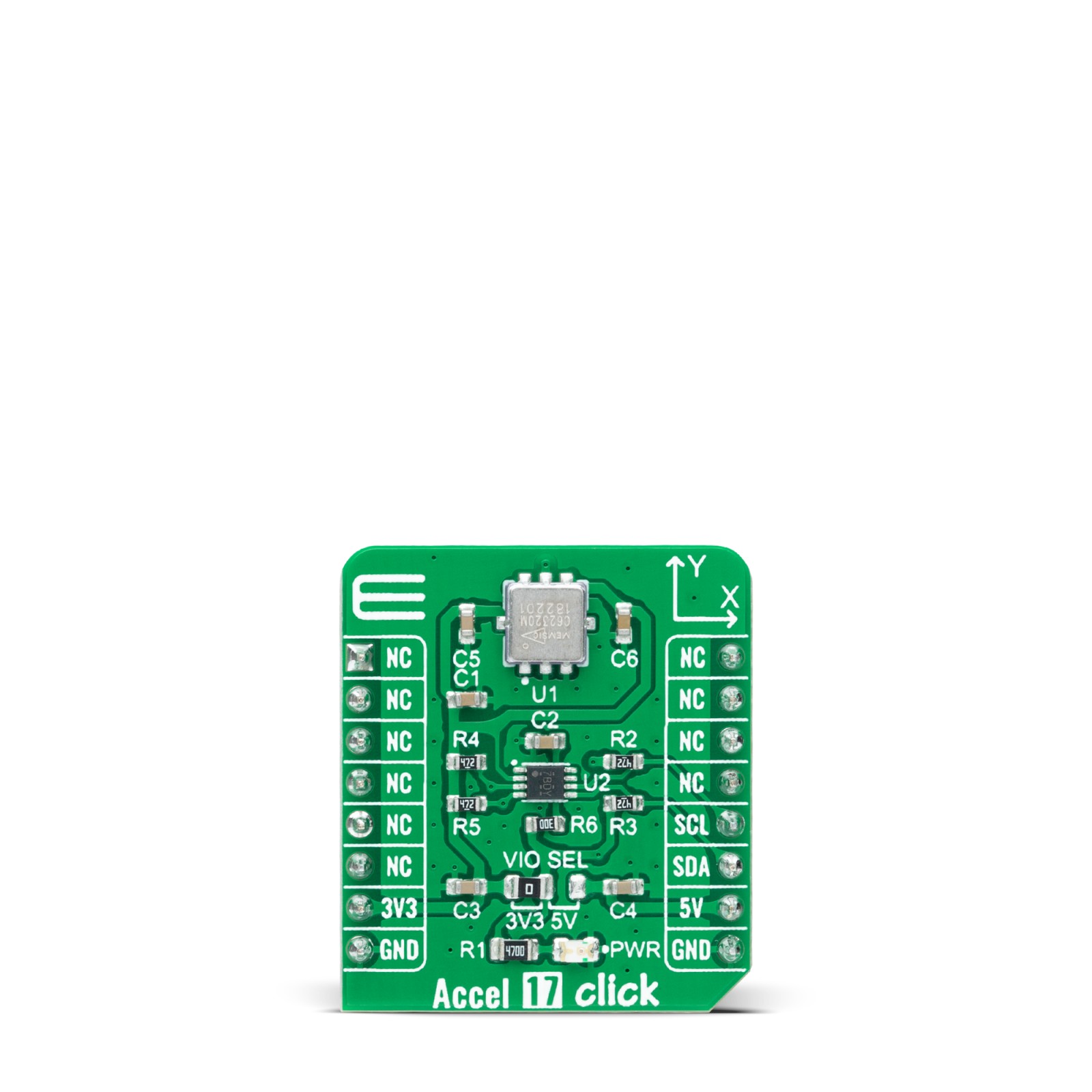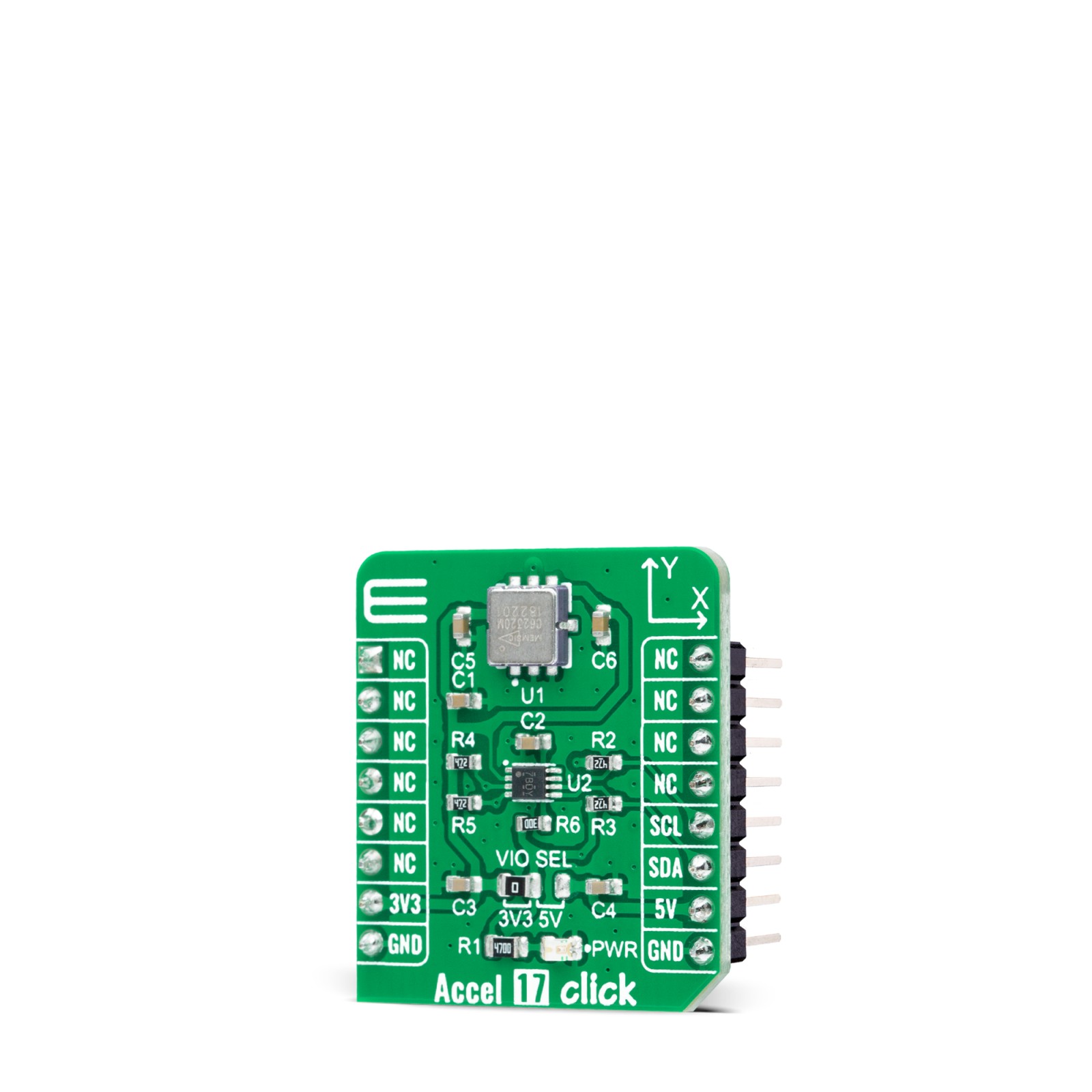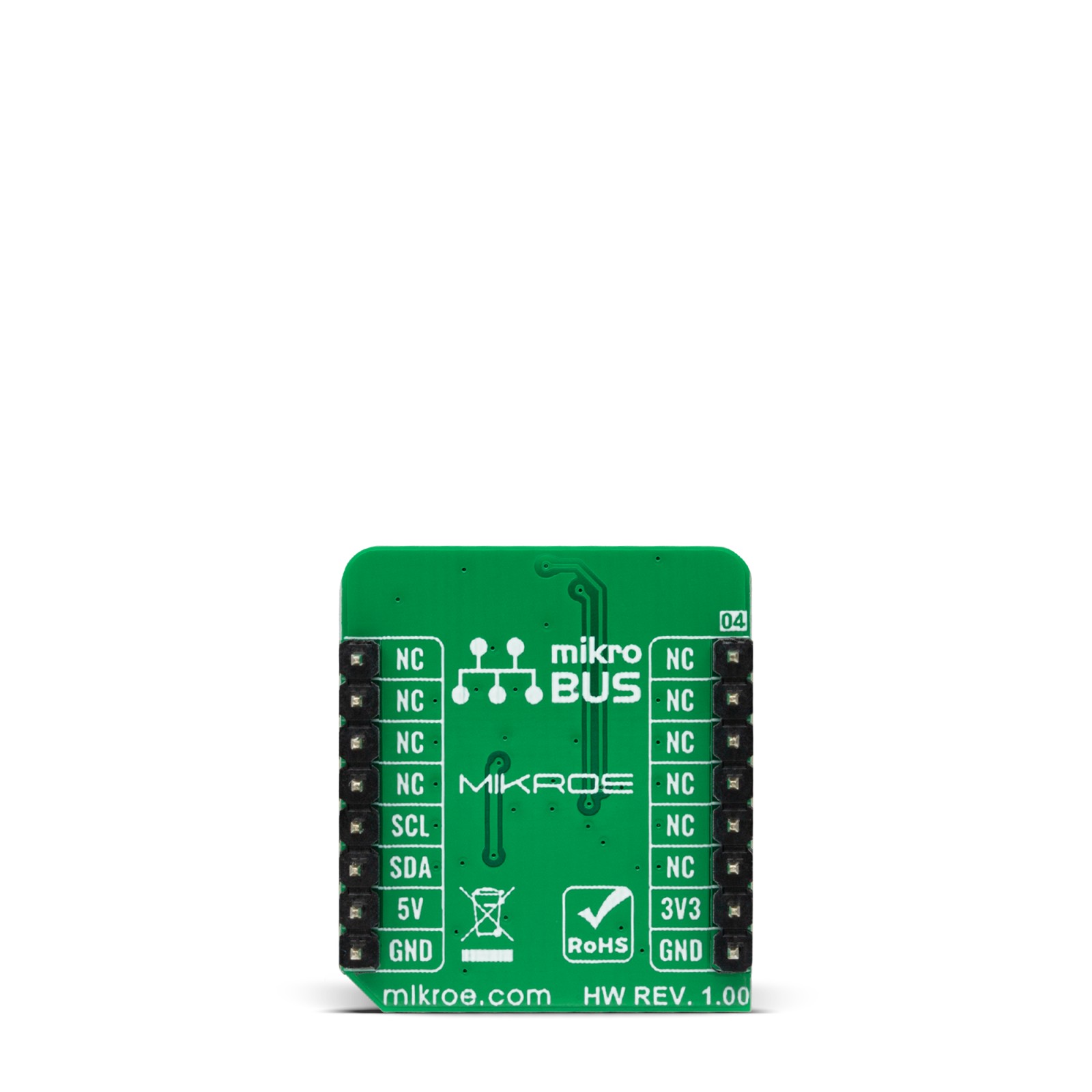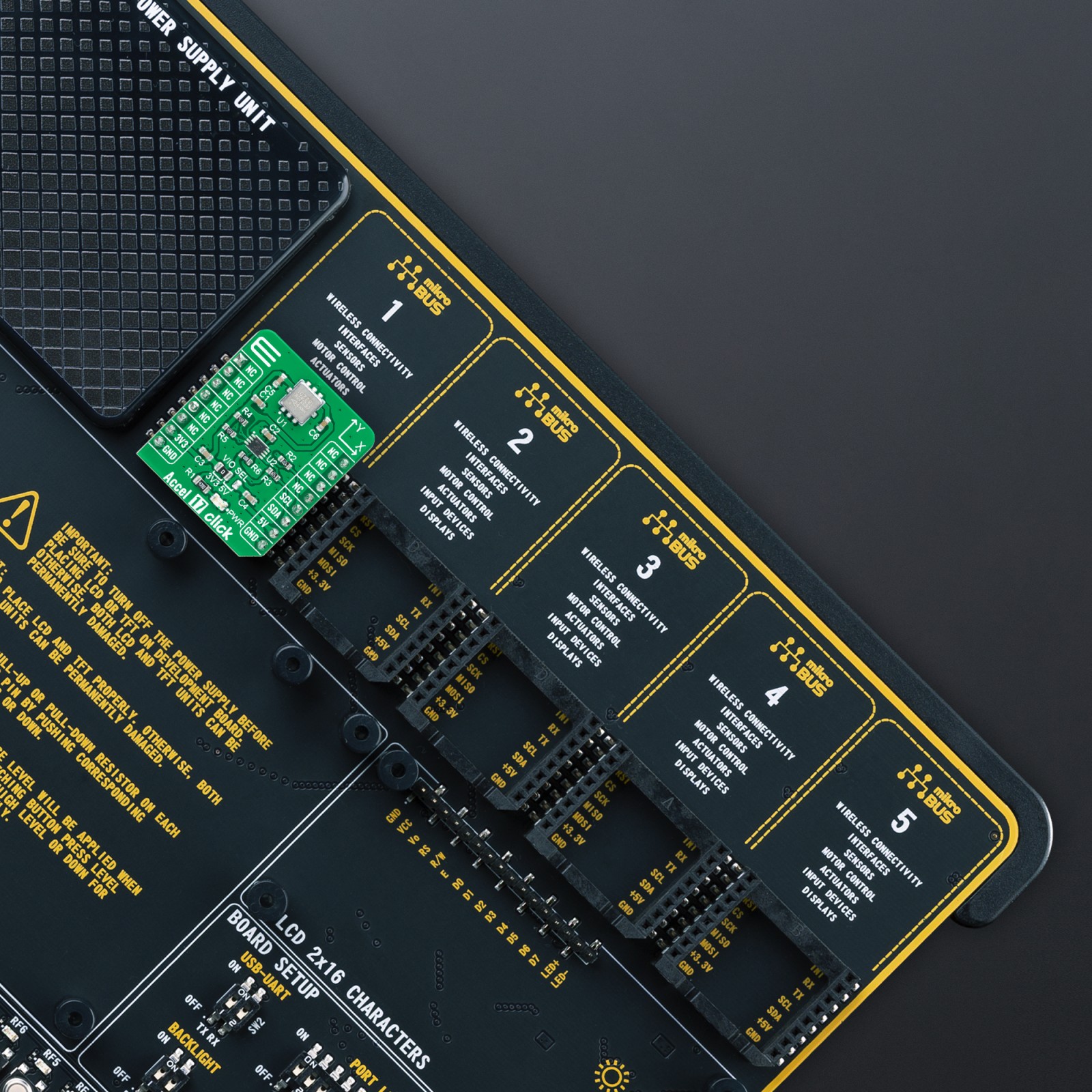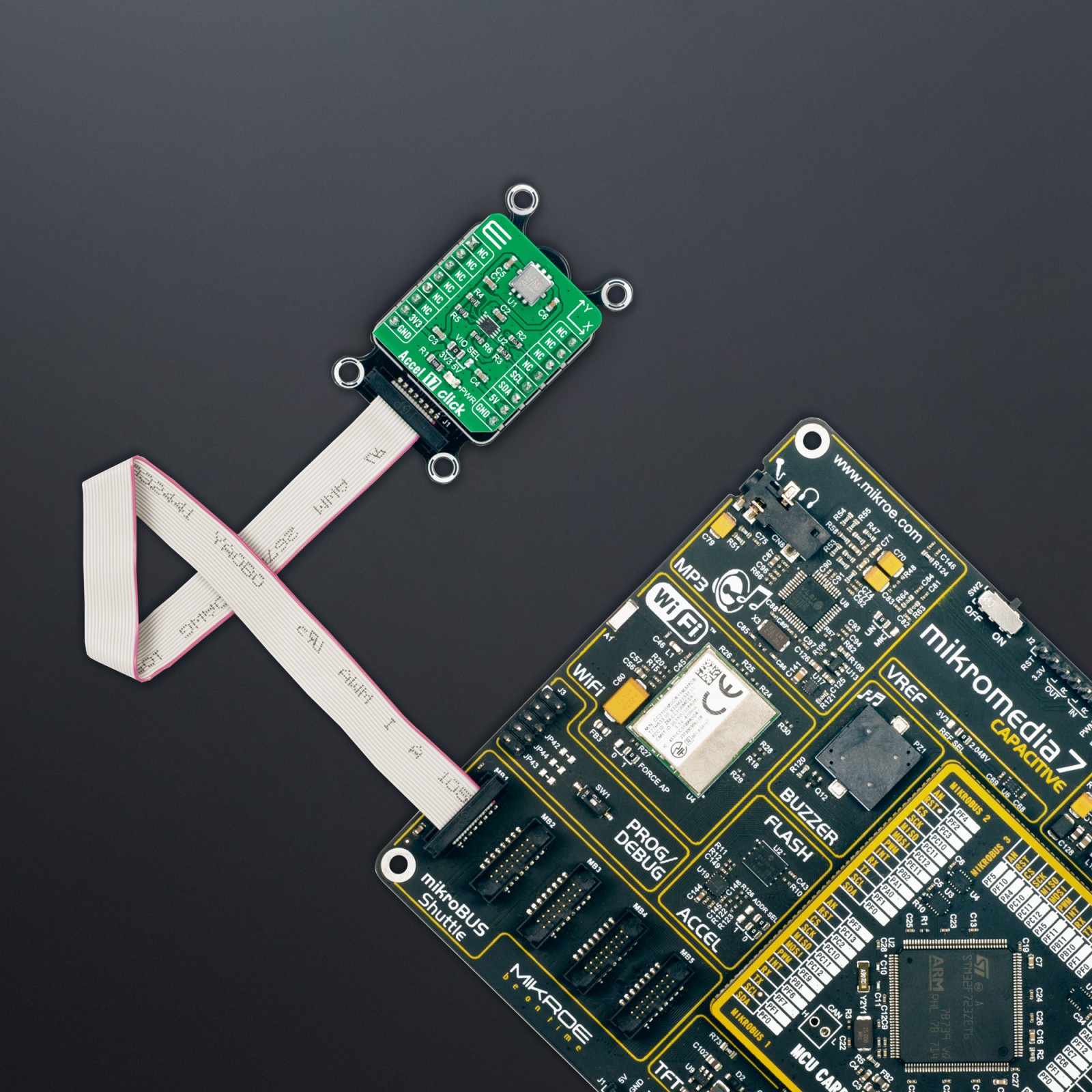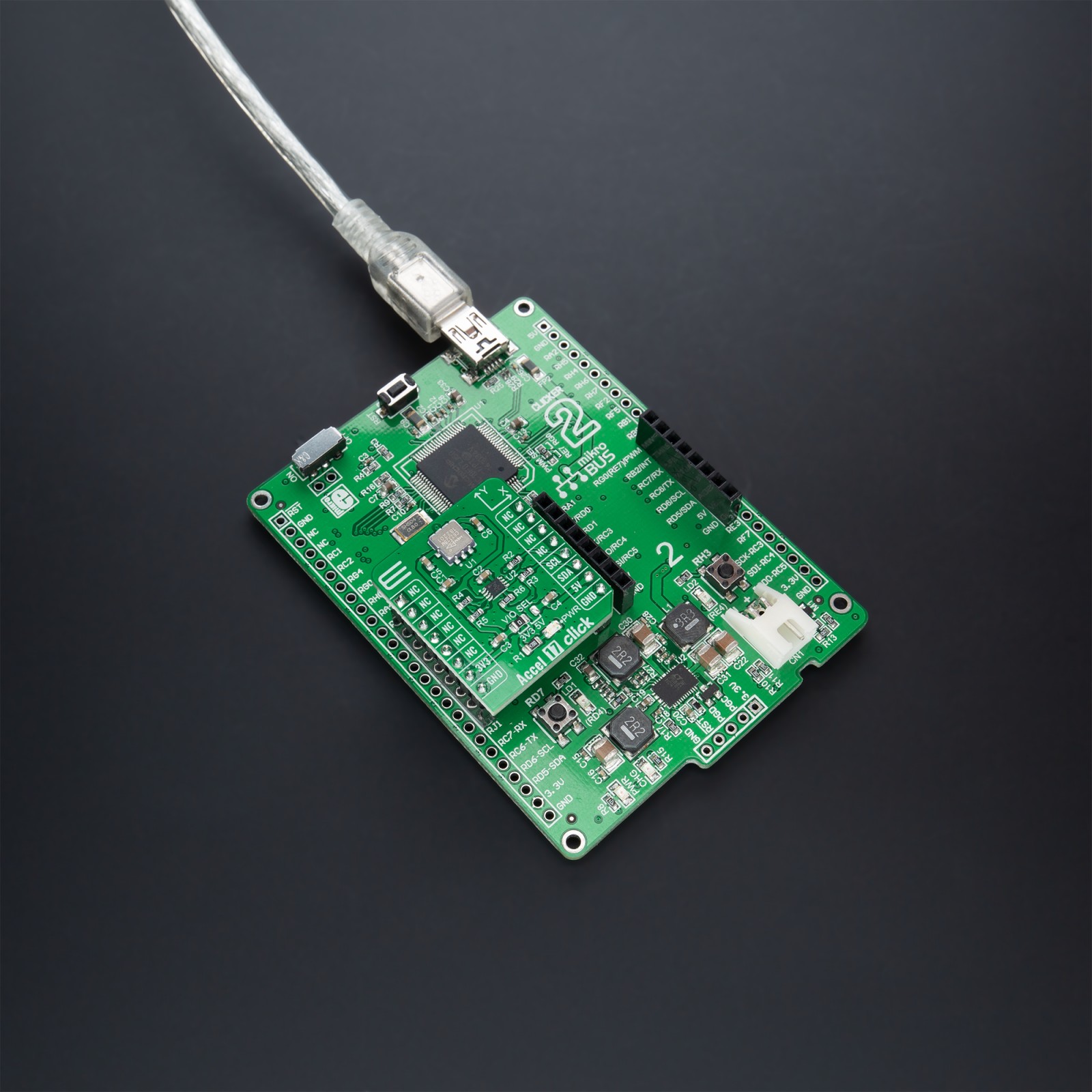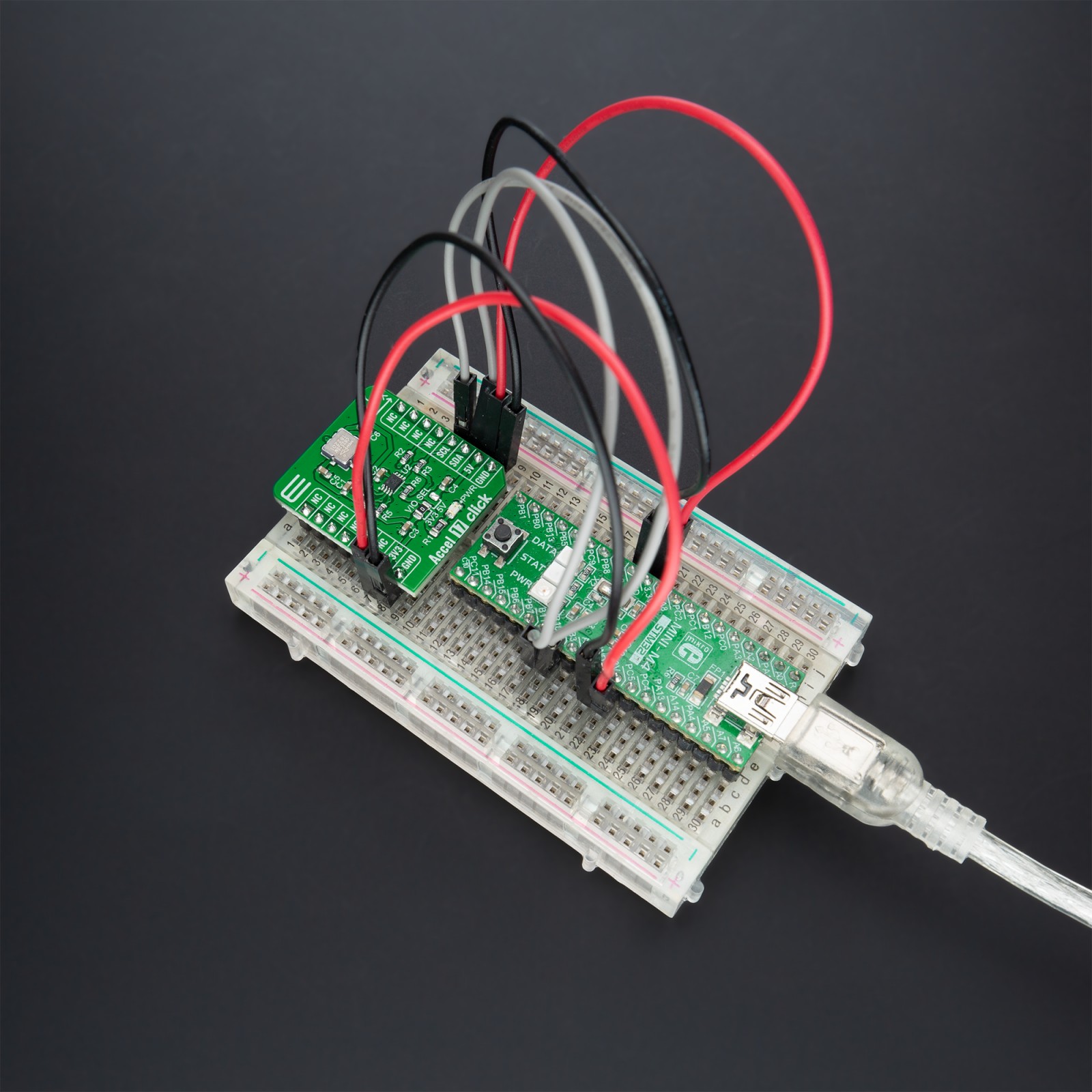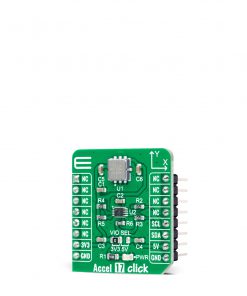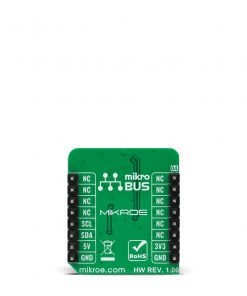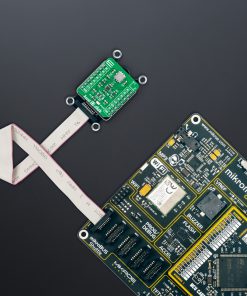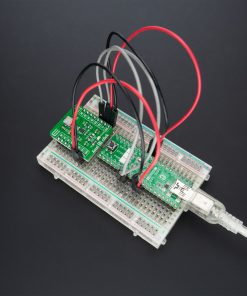-
×
 BUZZ Click
1 × R115.00
BUZZ Click
1 × R115.00 -
×
 ccRF2 Click
1 × R800.00
ccRF2 Click
1 × R800.00 -
×
 LPG Click
1 × R335.00
LPG Click
1 × R335.00 -
×
 microSD Click
1 × R355.00
microSD Click
1 × R355.00 -
×
 RTC 2 Click
1 × R465.00
RTC 2 Click
1 × R465.00 -
×
 RTC Click
2 × R390.00
RTC Click
2 × R390.00 -
×
 Alcohol Click
1 × R335.00
Alcohol Click
1 × R335.00 -
×
 MPU 9DOF Click
1 × R550.00
MPU 9DOF Click
1 × R550.00 -
×
 GSM-GPS Click
1 × R1,350.00
GSM-GPS Click
1 × R1,350.00 -
×
 HYDROGEN Click
1 × R335.00
HYDROGEN Click
1 × R335.00
Subtotal: R5,420.00

